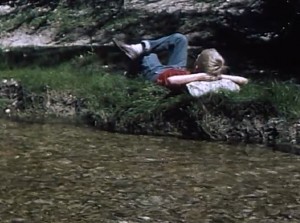
"Journey Through a Day is a beautiful and restful film of a day in a young boy's rural life. The colorful photography by Dale Johnson of Dallas is excellent. He packs a solid day of carefree existence into 17 minutes of entertainment and wishing it were your day" PSA Journal, Nov. 1969, 56.
"A diesel followed by yesterday's steam locomotives lay the contrasts for this journey to yesterday. Rio Grande's old seam locomotive 473 takes us from Durango to Silverton, Colorado, through the wild country where enroute we see things today as they were yesterday. Throughout this trip we feel the realism of the sound accompaniment, so tastefully a part of the picture. The maker of this film was well aware of the need to include people and human interest, and it did it well" PSA Journal, Nov. 1959, 48-49.
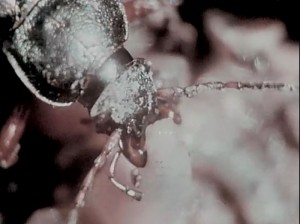
"Some of the most beautiful insects of France. Coleoptera (beetles, beetles, longhorn beetles, etc.). Lepidoptera: eggs, caterpillars, pupae, accelerated birth (zygène), slow flights (papilio, zygène, sphinx, etc.). Parasitic and predatory insects: braconid, pentatomide, ammophile, mantis." rough english translation of a description provided by Canal-U.
"Joyous Noel by Gilbert B. Jansen Jr. is the sort of color motion picture record of an American family's Christmas that so many home-loving cameramen dream of producing - but seldom do. Undoubtedly the producer and all members of his family will treasure this film immediately. Not a great work, Joyous Noel is nevertheless an unusually good Christmas film in which all of the preparations and celebrations found in graceful family living are depicted through the activities of a young couple and their two children. Well lighted scenes, technically proficient camera work, pleasant acting by all concerned, and a background of Christmas carol music all contribute to make this a thoroughly pleasant production" PSA Journal, Jan. 1955, 50.
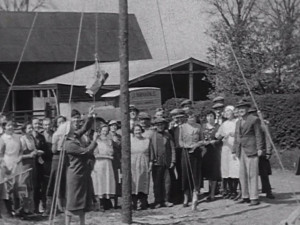
A film showing the Brooke family and their Jubilee Celebrations.
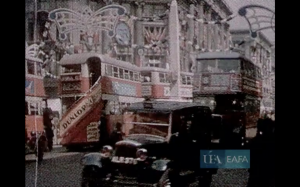
A Dufaycolor film documenting the Jubilee procession of King George V. The procession was filmed from a window in Parliament St., London, with views down Whitehall past the Cenotaph and across Parliament Square to Westminster Abbey. King George V and Queen Mary pass in an open carriage. Throughout the film various locations around London are documented, displaying the colourful decorations for the celebration. (EAFA Database)
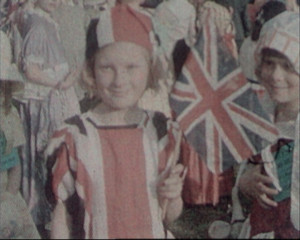
"The film opens with pictures of Belgrade, the capital city of the country, and shows many aspects of the city. From Belgrade we are shown the passage of the mighty Danube eastward to the sea, and pause for a time at Nish, the birthplace of the Emperor Constantine. We see the happy home life of Her Majesty Queen Marie, and the independent existence of the sturdy peasantry, benevolently watched over by the Government, which preserves their interests. From the happy hours of country life we turn once more to a city, the cathedral city of Zagreb, the Rokavitza Monastery, the aerodrome at Zemun, and then again to midsummer days by the sea in the mountain lakes of Plitvitxa. [p.35] The motive around which the whole is composed is the Y.M.C.A, a strong and important organization in Jugo-Slavia, enriching the lives of its countryfolk and serving those homes are in the town" (IAC Bulletin, Apr. 1934, 34-35).
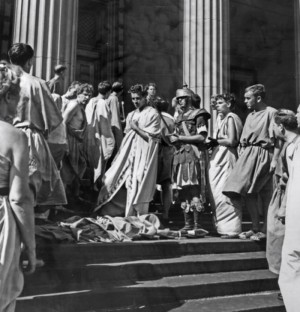
Charlton Heston stars in David Bradley's amateur adaptation of Shakespeare's Julius Caesar. "Julius Caesar was produced with amateur actors and makes impressive use of available, neoclassical Chicago locations, including the steps of the Art Institute and the pillars of Solider Field. But the film, which cost at least fifteen thousand dollars to produce, was seen by both the ACL and the local Chicago press as a quasi-professional--if independent--production; indeed, it was on the merits of this film that Bradley won his much-sought-after contract with MGM" Tepperman, 252-253.
Total Pages: 299